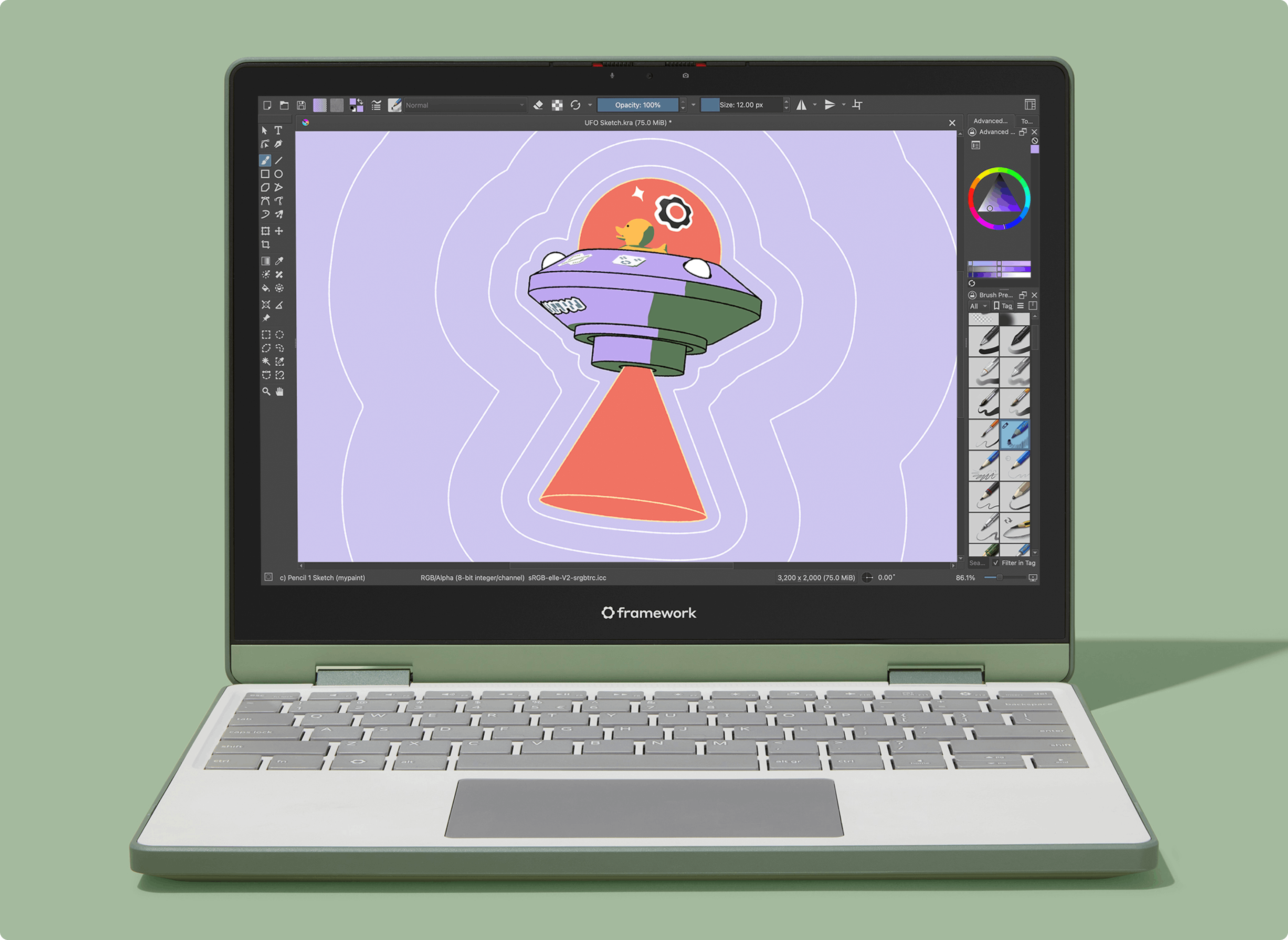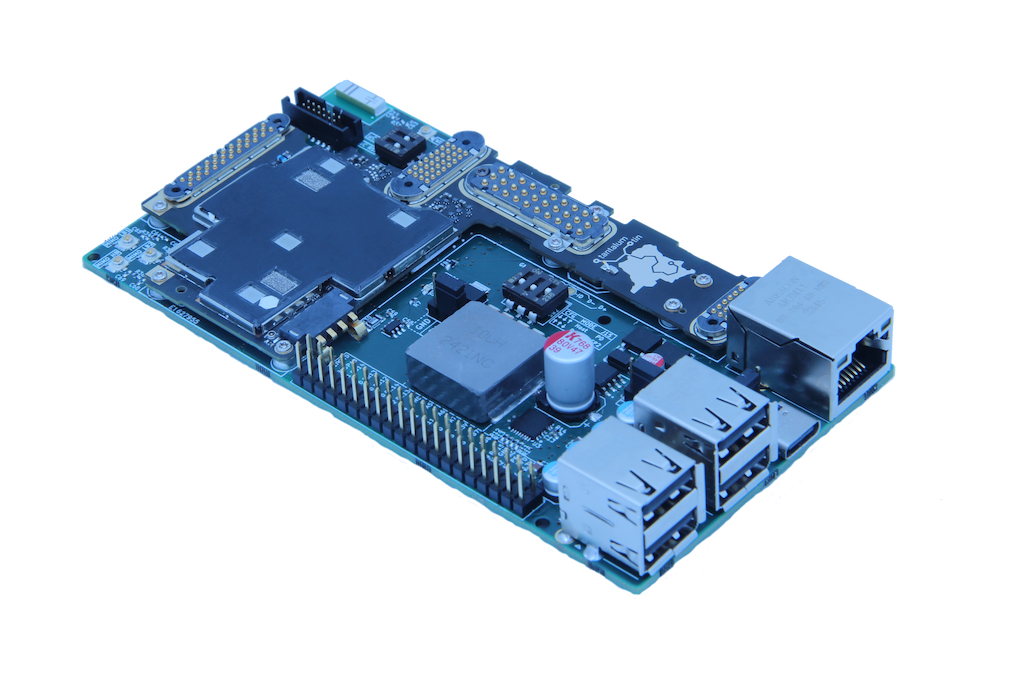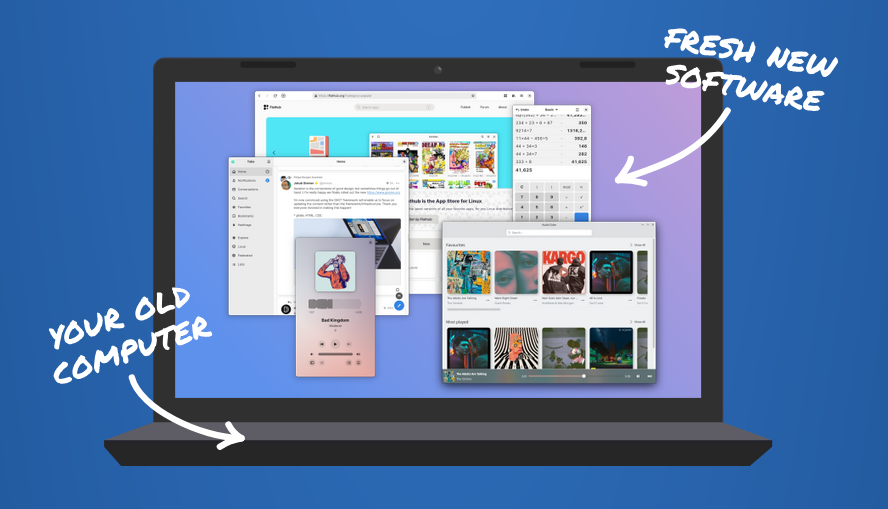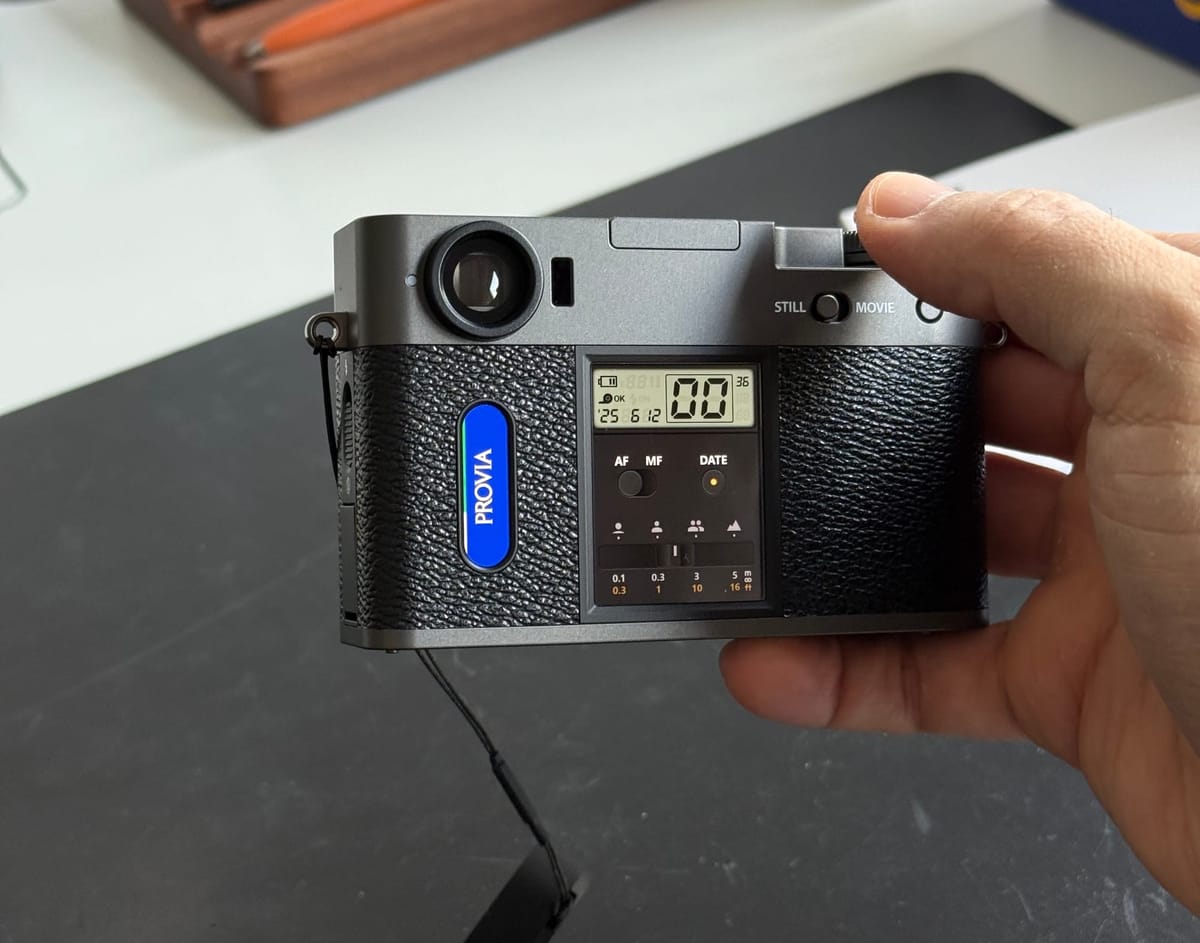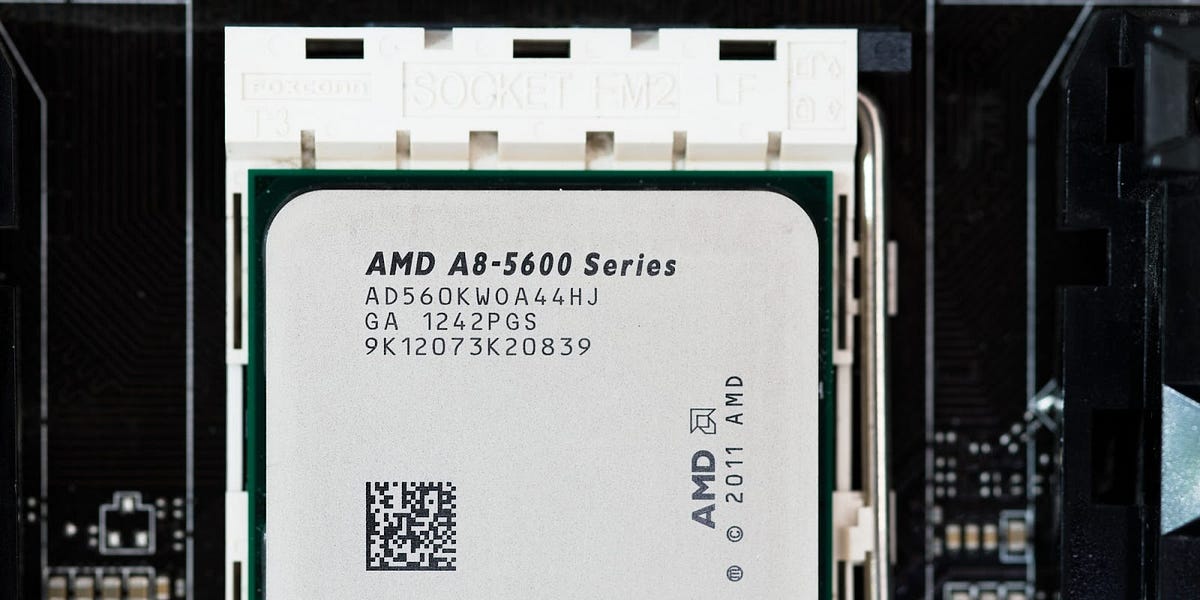Blazing Fast Mandelbrot on a Homemade 8-bit CPU

A team successfully rendered a Mandelbrot set on their custom-built 8-bit PJ5 CPU, achieving surprisingly fast results—under 3 seconds! This speed is attributed to 16 registers, single-cycle instructions, and a hardware 8x8 multiplier. They're also developing a fast ROM board to replace the current FPGA and plan to improve the display, audio, and input devices. 18 months of work culminates in this impressive feat.

